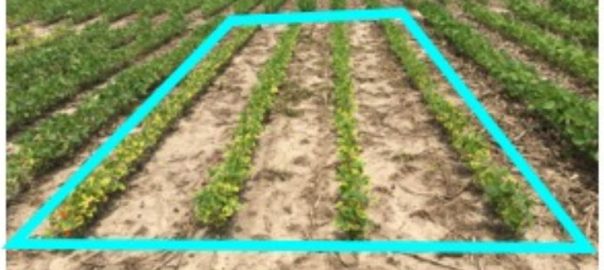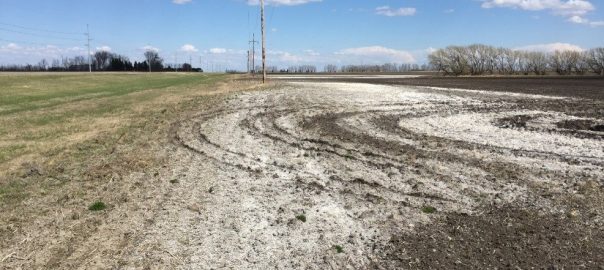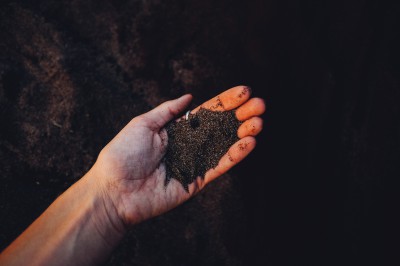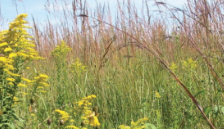Soil Health for Nebraska Wealth: What the Nebraska Healthy Soils Task Force is doing to help farmers
As part of the Soil Health Nexus Digital Cafe Series, Keith Berns of Green Cover Seed, presents “Soil Health for Nebraska Wealth: What the Nebraska Healthy Soils Task Force is doing to help farmers”. This presentation was originally broadcast on February 24, 2021.
Read More...





